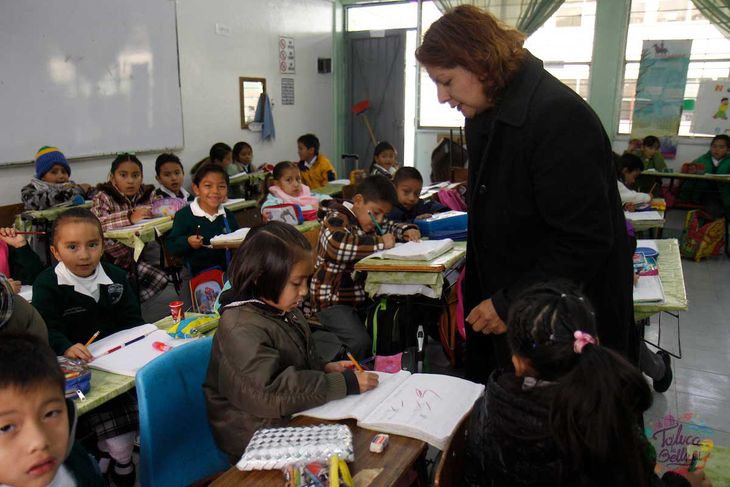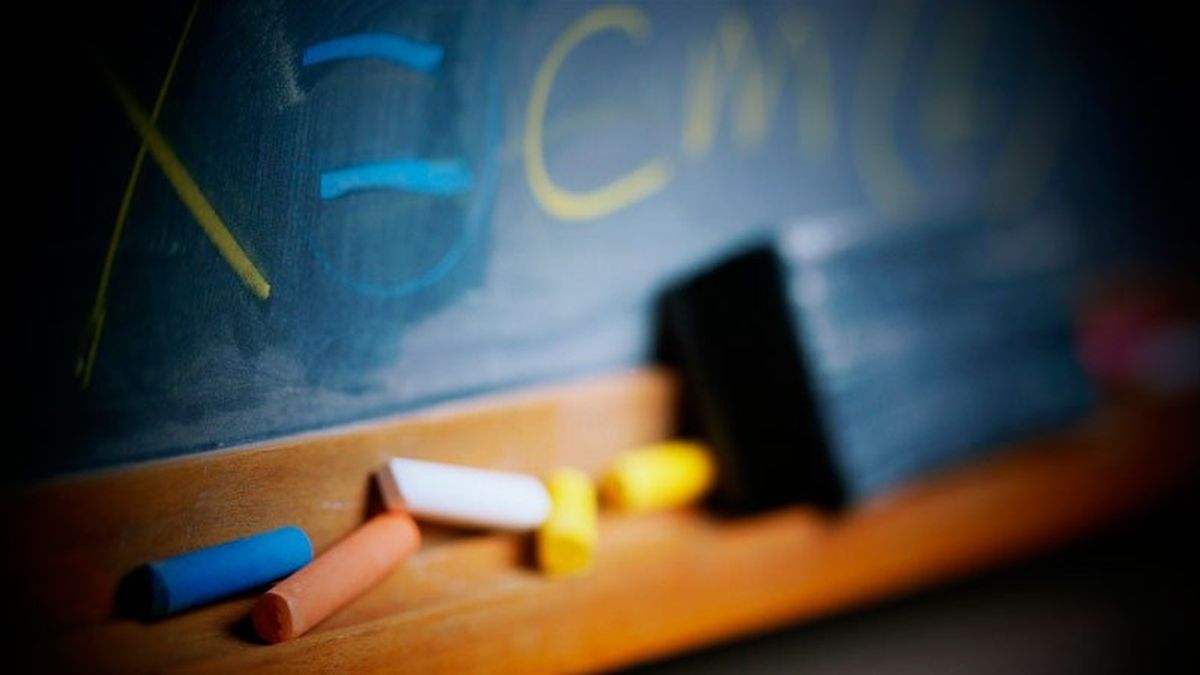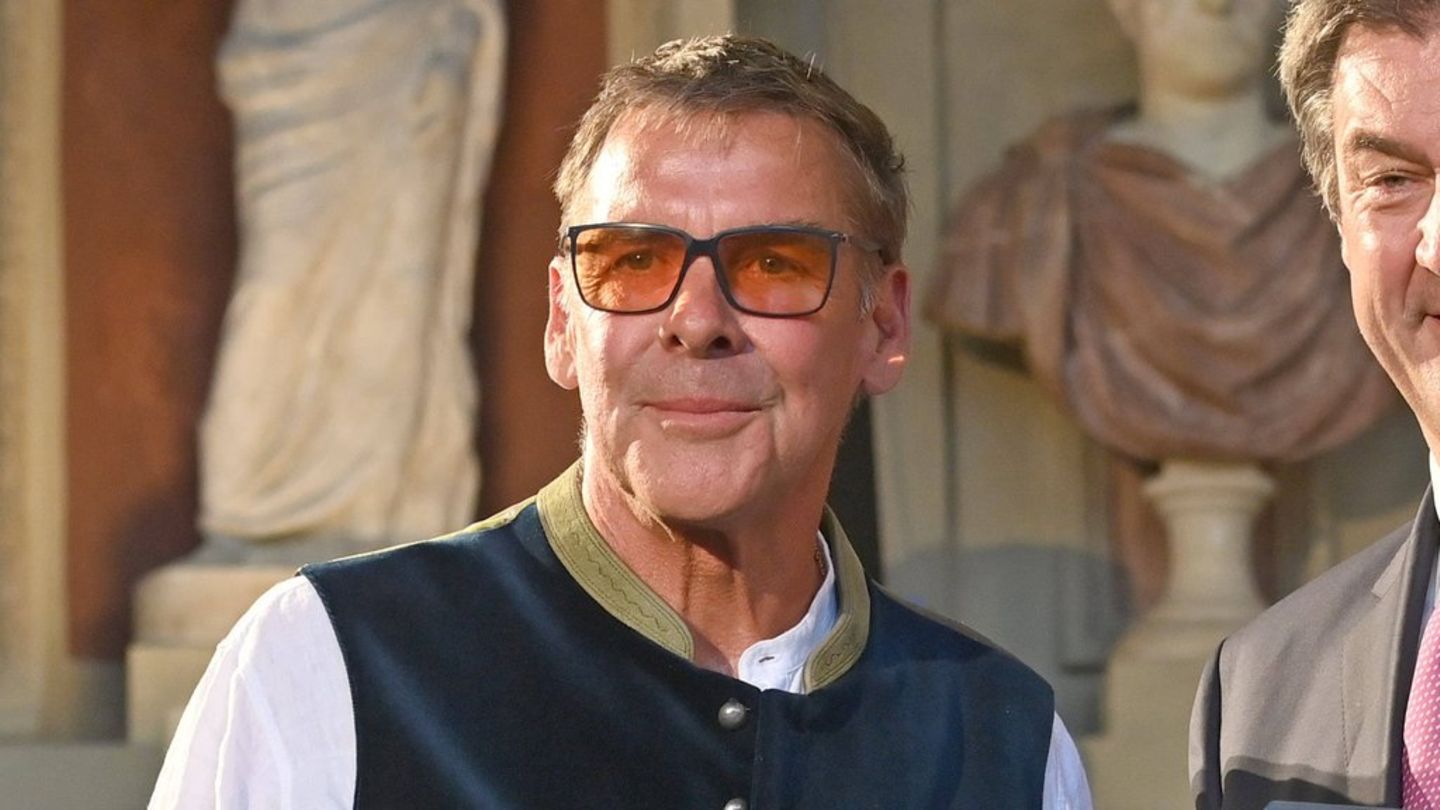This Monday is celebrated Teacher’s Day throughout the country, a date that evokes several questions. The main one is, of course, the importance of education and the demand for access to free, public and secular education. It is also a moment where the (historical) discussion for the wages of the sector, that is, the economic aspect, comes into focus. Therefore, you can think of a premise: Tell me how much your teachers earn and I will tell you what country you want.
In a survey of Ambitwith official and private sources, an x-ray of the teacher salary, which allows us to see this point referring to salaries. To the question of the salaries of those who teach, two other no less variables are then added. On the one hand, the educational program or plan that is based on the policies applied in the area, and on the other, how it works in public and private institutions.
classroom teacher students classes Argentina 2022.jpg
Teacher’s Day: what is the situation of teacher salaries
According to him Indicative Report on Teacher Salary updated as of June of this yearprepared every three months by the Ministry of Education, the income of teachers throughout the country can be verified from two categories: those with more than 10 years of seniority and those with less than 10 years in office.
If we average all 24 districts, the gross salary of a teacher who is just starting out in the position It is $196,746.54, compared to $81,307.25 last year, that is, almost 242% more. If we take the salaries of those with more than 10 years, is $219,588, compared to $92,285 last year, which represents almost a 238% increase.
Some variables come into play: budget of the district, the amount of its population and the parityadded to the support of National Teacher Incentive Fund (FONID)the contribution that the national State makes from the Ministry of Education to the provinces to compensate salaries and reach the estimated minimum wage floor.
To these variables that make up the salary of a teacher In Argentina, other income is added such as positions (hierarchy within the educational center); the overtime they may receive and bonuses for assignments, which may take the gross salary 25-30% up on average.
Teacher salary in Argentina: new minimum for salaries
Last Friday, the Minister of Education of the Nation, Jaime Perczyk, signed a new agreement with teaching unions to update the guaranteed minimum wage to take it to a floor of $200,000. This is a staggered increase in the National Minimum Guaranteed Teacher Salary (SMNDG) of a common grade teacher, single day and without seniority.
According to this agreement, which will take effect in September, the initial salary will be $220,000 in October and $250,000 in December. It also foresees an increase in 7,500 pesos from the National Teacher Incentive Fund (FONID), which will be 28,7000 pesos from September.
indicative report teacher salaries June 2023.pdf
Teacher’s Day: which are the districts that pay the best salaries
In the quarterly report prepared by the Ministry of Educationyou can make a scale of the top 5 provinces that pay the most salaries and those that pay the least.
The work done by the Secretariat of Evaluation and Educational Information of the national government shows the existing asymmetries in the salaries of teachers who, beyond the differences in each area, maintain the same task and workload.
teacher’s day classroom classes 2022.jpg

According to the result of the latest report last June, if we take as a reference the gross salary for a teacher who is just starting out in educational activity, the provinces that pay the best are: Neuquén with $241,593; Santa Fe $236,380; Tierra del Fuego $234,327; St. Louis $226,148; and Jujuy with $210,719.
On the contrary, the provinces that have lower initial gross salaries are Santiago del Estero with $160,751; Catamarca $163,722; La Rioja $168,049; Formosa $181,065; and La Pampa with $207,297.
Teacher’s Day: high school dropouts fell almost 10%
According to a recent report by Argentine Observatory for Education (AE), school dropouts fell 9.3% in the last four years. The data arises from the work “School trajectories: How many students drop out of high school in Argentina?”, which analyzed dropout levels in secondary schools in the period 2012-2022, based on the monitoring of student cohorts, using the latest data from the Annual Survey of the Ministry of Education of the Nation.
In the published survey, it was observed that while in the year 2018, 24.4% of 17-year-old students had dropped out of school, now four years later the figure drops to 15.1% among students who were 17 years old in 2022.
In 2022, the provinces with the highest cumulative dropout rates for 17-year-old students are Santiago del Estero (35.6%), Misiones (34.2%) and Formosa (28.9%). In contrast, the provinces with the lowest dropout percentage are La Pampa (3.6%), Tierra del Fuego (6.9%) and CABA (9.0%).
The greatest reductions in secondary school dropouts were in the provinces of San Luis (14.3%), Mendoza (13.3%) and Jujuy (11.1%). On the other hand, La Rioja (4.5%), Chaco (5.5%) and Misiones (5.7%) They are the ones that reduced the accumulated dropout at age 17 the least.
Source: Ambito




